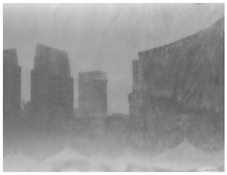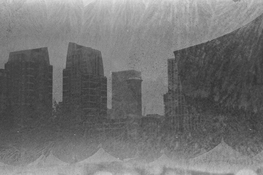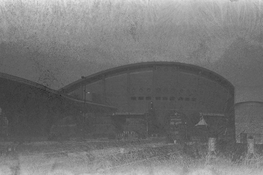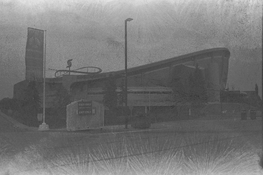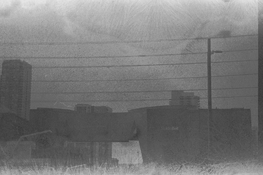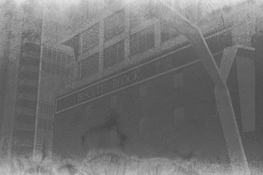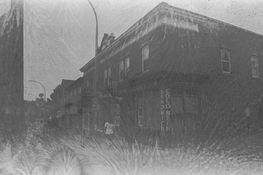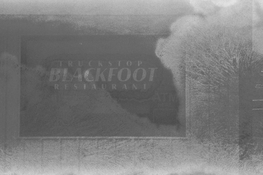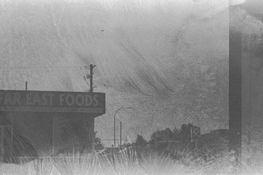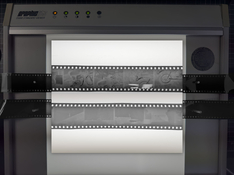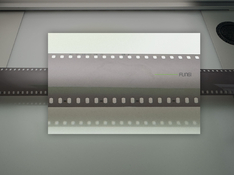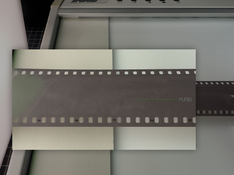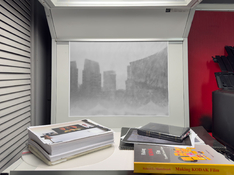SEK
Member
Hello fellow black and white photographers,
I have a collection of vintage films, including Super-X from the 40s, and today I tested a 400 ft roll of expired TRI-X film from 1965. While examining the film, I noticed spider/flower patterns, initially thinking they were fingerprints. However, it appears to be mold or fungus growth. I spooled 30 ft onto a 100 ft spool for testing, and to my surprise, after fixing, the negatives were sharp with no cloudiness. Scanning with a Pakon 135 and adjusting curves and levels produced nice results.
The one concern I have is the safety of using this film. Since there is mold or fungus growth, should I be concerned about handling and safety?






I have a collection of vintage films, including Super-X from the 40s, and today I tested a 400 ft roll of expired TRI-X film from 1965. While examining the film, I noticed spider/flower patterns, initially thinking they were fingerprints. However, it appears to be mold or fungus growth. I spooled 30 ft onto a 100 ft spool for testing, and to my surprise, after fixing, the negatives were sharp with no cloudiness. Scanning with a Pakon 135 and adjusting curves and levels produced nice results.
The one concern I have is the safety of using this film. Since there is mold or fungus growth, should I be concerned about handling and safety?
Last edited:











